Best Used Car, Services, Auto Parts, Rent Car Available for Buy and Sell Near By Go Ahead
- महिंद्रा मिनी ट्रैक्टर - कीमत, मॉडल, और सुविधाएँ
- Swaraj Price 2025: Latest Swaraj Tractor Price List and On-Road Rates in India
- Best Tractors in India 2025: Top 10 Picks for Every Farm Size
- Swaraj 855 FE Tractor Review 2025 Features, Price and Performance Explained
- Sonalika Tractor Price 2025 Complete List of Models, Series and Latest Offers
- महाराष्ट्र फार्मर आयडी: ऑनलाइन नोंदणी प्रक्रिया, कागदपत्रे आणि फायदे
- Swaraj 744 FE Price, Features & On-Road Cost Explained for 2025
- New Holland 3630 TX Super Plus+ Tractor Review 2025: Features, Price and Performance
- Mahindra Tractors Price 2025: Complete List, Series-Wise Comparison and Best Models
- Emerging Trends in Farm Equipment for 2025
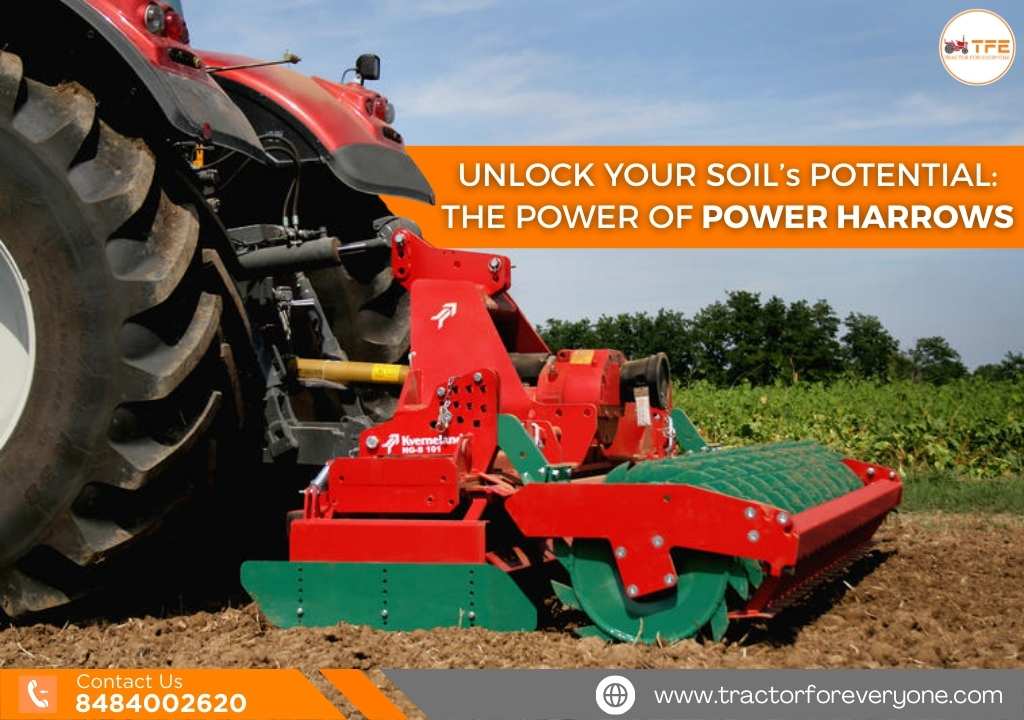
Unlock Your Soil’s Potential: The Power of Power Harrows
A power harrow is a tractor-mounted agricultural implement used for secondary tillage to prepare a fine and level seedbed.
Functions-
- Creating Fine Tilth: Breaking down clods and aggregates into smaller, more uniform soil particles.
- Levelling the Soil Surface: Ensuring an even surface for accurate planting and uniform emergence.
- Improving Seed-to-Soil Contact: Creating a firm yet friable environment for good contact between the seed and the soil, crucial for moisture uptake.
- Enhancing Soil Aeration: Loosening the topsoil to allow for better air exchange, essential for root respiration.
- Managing Crop Residue (often): Incorporating or distributing surface residue to aid in decomposition and soil health.
History- The first known power harrow was developed by Foreign Roter Italia. This company, now known as Foreign, was founded on the principle of the power harrow's rotating tines, which crumble the soil.
Early Harrows:
- Ancient China: The rake, a precursor to the harrow, appeared in the Han dynasty (202 BC – 220 AD) and developed into various tined harrows.
- Ancient Europe: Harrows were used in antiquity and the Middle Ages.
- Ancient Egypt and Rome: Shaped wooden harrows were used by the Egyptians, and Romans crafted harrows with iron teeth.
Evolution:
- Modern Power Harrows: Modern power harrows are tractor attachments that use rotating blades to break, refine, and distribute soil.
- Horse-drawn disc harrows: Before the invention of tractors, disc harrows, often adjustable and horse-drawn, were used for cultivating soil.
How Power Harrows Works
Description-A power harrow is a soil tillage implement used for secondary tillage operations, primarily to create a fine seedbed. Unlike rotary tillers (rotavators) which tend to invert the soil, power harrows work by lifting, fracturing, and levelling the soil horizontally, without significant turning. This is beneficial for preventing dormant weed seeds from being brought to the surface and reducing the risk of hardpan formation.
Components:
- Frame: This is the robust structural backbone of the power harrow. It's typically made of heavy-duty steel to withstand the stresses of working in various soil conditions. The frame provides mounting points for all other components and the tractor's three-point hitch.
- Rotors (or Tine Holders): These are horizontal shafts that run across the width of the power harrow. The number of rotors varies depending on the machine's size. Each rotor is driven by a gearbox connected to the tractor's Power Take-Off (PTO) shaft.
- Tines (or Blades): These are the soil-engaging parts attached to the rotors. They are typically made of hardened steel for durability and wear resistance. The tines can come in various shapes (e.g., straight, curved, L-shaped, C-shaped) depending on the desired soil action and application. They are usually arranged in a specific pattern on the rotors, often with a slight overlap to ensure complete coverage.
Mechanics of Operation:
- Power Transmission: The tractor's PTO shaft provides rotational power to the power harrow's gearbox.
- Gearbox: The gearbox reduces the high rotational speed of the PTO to a suitable working speed for the rotors. It also distributes power to all the rotors across the machine's width. Some power harrows have multi-speed gearboxes allowing the operator to adjust the rotor speed based on soil conditions and desired tilth.
- Rotor Rotation: The gearbox drives the rotors to rotate in opposite directions (counter-rotating). This counter-rotation is a key feature that contributes to the power harrow's unique soil-working action.
- Tine Action: As the rotors rotate, the tines penetrate the soil. Their shape and the counter-rotating action lift and fracture the soil clods.
- Soil Crumbling and Levelling: The tines effectively break down large clods into a finer tilth suitable for planting seeds. The horizontal action and the interaction of the counter-rotating tines help to level the soil surface.
- Depth Control: The working depth of the tines is typically controlled by adjusting the height of the power harrow relative to the soil surface, often using skids or by adjusting the rear roller (if fitted).
- Rear Roller (Optional): Many power harrows are equipped with a rear roller. This roller serves several purposes:
- Depth Control: It can help maintain a consistent working depth.
- Soil Consolidation: It gently firms the seedbed after the tines have worked the soil, which can improve seed-to-soil contact and moisture retention.
Types of Power Harrows-
Rotary Power Harrows: These are the most common type of power harrow. They feature multiple sets of vertically mounted rotors that span the working width of the machine. Each rotor has several tines (blades) attached to it. The rotors are driven by the tractor's PTO through a gearbox and rotate on a vertical axis. The tines work the soil horizontally, lifting, fracturing, and mixing it to create a fine tilth. The counter-rotating action of adjacent rotors is a key characteristic.
Applicable Scenarios:
- Seedbed Preparation: This is their primary use, creating an ideal, level, and fine soil structure for planting various crops, including cereals, oilseeds, vegetables, and forages.
- Medium to Heavy Soils: Effective in breaking down clods in a range of soil types.
- Stony Soils: Many rotary power harrows are designed with stone protection mechanisms (e.g., shear bolts, slip clutches, spring-loaded tines) to prevent damage in stony conditions.
- Combining Operations: Often used in combination with seed drills for one-pass tillage and planting.
- Incorporating Amendments: Can be used to incorporate fertilizers, herbicides, and other soil amendments into the topsoil.
Disc Power Harrows: The term "disc power harrow" is less common as a primary classification. However, some manufacturers might use discs in conjunction with tines on a powered harrow to achieve a specific soil-working action. In a traditional power harrow, the primary soil engagement is through tines mounted on vertical rotors. Disc Harrows are a separate category of tillage implement that uses independently rotating concave discs to cut, mix, and invert the soil. They are generally used for primary or secondary tillage to break up clods, manage crop residue, and level the soil surface.
If a "disc power harrow" exists as a distinct type, it would likely involve powered, rotating discs (possibly in a different orientation than a traditional disc harrow) working the soil in a manner similar to rotary tines, focusing on refining the soil structure rather than deep cutting and inversion. However, this is not a widely recognized standard category. It's more likely that manufacturers might integrate some disc-like elements for specific purposes within a predominantly rotary power harrow design.
Applications of Power Harrows in Agriculture:
Row Crops (Corn, Soybeans, etc.):
- Seedbed Preparation: For crops like corn and soybeans, power harrows are often used after primary tillage (e.g., plough, chisel plough) to create an optimal seedbed. The fine tilth ensures excellent seed-to-soil contact, leading to uniform germination and vigorous early growth. This is particularly important in achieving consistent plant stands, which directly impact yield potential.
- Secondary Tillage: In reduced tillage systems, power harrows can be used as a primary or secondary tillage tool to loosen the topsoil and prepare a suitable seedbed in a single or minimal number of passes. This helps conserve soil moisture and reduce soil disturbance.
- Incorporating Herbicides and Fertilizers: Power harrows can effectively incorporate pre-emergent herbicides and granular fertilizers into the topsoil during seedbed preparation, ensuring proper placement for weed control and nutrient availability.
- Levelling Uneven Fields: Their levelling action can help smooth out minor irregularities in the field surface, which is crucial for accurate planter operation and uniform planting depth.
Vegetable Farming:
- Fine Seedbed Creation: Vegetable seeds are often small and require a very fine, clod-free seedbed for successful germination and establishment. Power harrows excel at creating this ideal environment, which is critical for high-value vegetable crops grown in areas like Nashik (e.g., onions, tomatoes, grapes – for nursery preparation).
- Bed Forming: Some power harrows can be equipped with bed formers to create raised beds, which are commonly used in vegetable production for improved drainage, soil warming, and weed management.
- Incorporating Organic Matter: In vegetable farming, incorporating compost, manure, and other organic amendments is vital for soil health. Power harrows can efficiently mix these materials into the topsoil, improving soil structure and fertility.
- Preparing for Transplanting: Power harrows create a loose and well-aerated soil structure that is ideal for transplanting vegetable seedlings, ensuring good root establishment and early growth.
Cover Cropping Practices:
- Terminating and Incorporating Cover Crops: Power harrows can be used to effectively terminate cover crops by chopping and incorporating the biomass into the topsoil. This process releases nutrients, improves soil organic matter, and enhances soil structure. The relatively shallow working depth of power harrows is often sufficient for incorporating cover crop residue.
- Seedbed Preparation After Cover Cropping: Following cover crop incorporation, power harrows can create a suitable seedbed for the subsequent cash crop in a single pass, streamlining the planting process and maximizing the benefits of the cover crop.
- Managing Cover Crop Residue: They can help break down and distribute cover crop residue evenly across the soil surface, facilitating planting operations and reducing the risk of hair pinning (where residue gets caught in the planting furrow).
Also Read: Comprehensive Guide to Soil Preparation for Successful Crop Cultivation
Case Studies Highlighting Successful Applications:
Case 1: Improved Stand Establishment in Corn (Maharashtra Context): A farmer in the Vidarbha region (similar soil types to parts of Maharashtra) used a power harrow after chisel plough to prepare the seedbed for corn. Compared to conventional disc harrowing, the power harrow created a more uniform and finer tilth, resulting in a 15% higher plant stand count and a subsequent yield increase due to better seed-to-soil contact and consistent emergence.
Case 2: Enhanced Vegetable Yields Through Optimized Seedbed (Nashik Vegetable Farms): Vegetable growers in the Nashik district, cultivating high-value crops like onions and tomatoes, adopted power harrows for final seedbed preparation after rotavator. The fine, level beds created by the power harrow led to more uniform germination, easier transplanting, and improved water management, ultimately increasing marketable yields by approximately 10-12%.
Case 3: Successful Cover Crop Incorporation and Subsequent Soybean Planting (Across India): Farmers utilizing cover cropping systems followed by soybean cultivation found that using a power harrow to terminate and incorporate the cover crop (e.g., rye or vetch) resulted in better soil health indicators (increased organic matter, improved water infiltration) and a smoother transition to soybean planting with consistent emergence and comparable or improved yields compared to conventional tillage methods.
Case 4: Reduced Tillage for Wheat Following Rice (Indo-Gangetic Plains - Similar Practices in Parts of Maharashtra): In rice-wheat cropping systems, farmers are increasingly looking for reduced tillage methods. Power harrows have been successfully used to prepare a seedbed for wheat directly after rice harvest with minimal soil disturbance, conserving moisture and reducing turnaround time between crops. This approach has shown potential for maintaining yields while improving soil health over time.
Choosing The Right Power Harrow
Enhanced Soil Preparation:
- Improves Soil Texture and Structure: Power harrows excel at creating a fine and consistent tilth by breaking down clods and aggregates. This results in a more uniform soil texture, which is crucial for good seed-to-soil contact, water infiltration, and root development. Unlike some other tillage methods that can compact the soil, the lifting and fracturing action of power harrow tines can improve soil structure by creating more pore space. This enhanced aeration and drainage are vital for healthy root growth and microbial activity.
- Optimal Seedbed Preparation: Ensures Optimal Conditions for Sowing: The level and fine soil surface created by a power harrow provides an ideal environment for accurate seed placement and uniform germination. Consistent seed depth and good soil contact lead to improved seedling emergence and establishment. The gentle action of power harrows avoids the creation of large air pockets or inconsistencies in the seedbed, which can hinder germination and early growth.
- Effective Weed Control: Helps in Controlling Weeds Through Soil Mixing: While not a primary weed control tool like a cultivator or herbicide application, power harrows can play a role in managing weed populations. By disturbing the topsoil and burying small weed seedlings, they can disrupt early weed growth. The horizontal action minimizes the bringing of deeper, dormant weed seeds to the surface, potentially reducing future weed pressure compared to tillage methods that invert the soil.
Maintenance And Care
Lubrication: This is one of the most critical aspects of power harrow maintenance.
Gearbox(es): Regularly check the oil level in the main gearbox and any secondary gearboxes that drive individual rotor sections. Follow the manufacturer's recommendations for the type and frequency of oil changes (usually based on operating hours or annually). Ensure the breather plugs are clear to prevent pressure buildup.
- Driveshafts (PTO Shaft): Lubricate the telescopic sections and universal joints of the PTO shaft as per the manufacturer's guidelines. This ensures smooth power transfer and prevents wear.
- Inspection of Tines and Bearings: Regular visual checks can catch problems early.
Tines (Blades):
- Wear: Inspect tines for excessive wear, bending, or damage. Worn or damaged tines reduce the effectiveness of the power harrow and can put extra stress on the rotors and drive system. Replace worn or damaged tines promptly, ensuring you use the correct replacements and torque the fixing bolts properly.
- Tightness: Check that all tine are securely fastened to the rotors. Loose tines can cause uneven tillage and potentially damage other components.
Bearings:
- Noise and Heat: After operation, check the rotor bearings for unusual noise (grinding, squealing) or excessive heat. These can be signs of wear or lack of lubrication.
- Play: Check for any excessive play or movement in the rotor bearings. Any significant wobble indicates potential bearing failure and requires investigation and possible replacement.
- Seasonal Checks: These are more in-depth inspections done before the main working season and at the end of the season before storage.
Recent Innovations and Trends
- Enhanced Durability and Power Handling: Manufacturers are building power harrows with stronger frames and improved gearboxes to handle higher horsepower tractors (up to 300 HP in some new models). This allows for wider working widths and increased efficiency, covering more ground in less time. For farmers in regions like Nashik with varying soil conditions, robust construction is key for longevity.
- Optimized Rotor and Tine Design: New designs focus on improving soil flow, reducing power consumption, and achieving a more consistent tilth. Features like quick-change tine systems and carbide coatings on tines are becoming more common, extending the lifespan of wearing parts and reducing downtime – a significant benefit during tight planting windows.
- Adjustable Working Depth and Levelling Bars: Modern power harrows often feature easily adjustable working depth mechanisms, sometimes even controlled hydraulically from the tractor cab. Similarly, levelling bars behind the rotors are designed for quick and precise adjustments to create a smoother seedbed, which is crucial for uniform planting, especially for high-value crops grown around Nashik like grapes and vegetables.
- Improved Bearing and Sealing Technology: To increase reliability and reduce maintenance, advancements in bearing design and sealing minimize contamination from dust and soil, extending the life of these critical components. This is particularly important in the often dust conditions of agricultural fields.
- Folding Models for Transport: For larger farms, especially those with fields located at a distance, wider power harrows with hydraulic folding mechanisms are becoming increasingly popular. This makes road transport safer and more convenient.
- Integration of ISOBUS Technology: Some high-end power harrows now feature ISOBUS compatibility. This allows the implement to communicate seamlessly with the tractor's terminal, enabling the operator to monitor and control various parameters (e.g., working depth, rotor speed) directly from the cab. Real-time feedback and adjustments can lead to more precise and efficient soil preparation.
- Focus on Soil Health: Recognizing the importance of soil health, some designs aim to create a fine seedbed without excessive pulverization, which can negatively impact soil structure. Techniques that promote better soil aeration and water infiltration are being explored.
Conclusion:
The power harrow stands out as a highly effective and versatile tool in the arsenal of modern farmers, including those cultivating the diverse lands around Nashik, Maharashtra. Its ability to create a consistently fine and level seedbed is a significant advantage, leading to improved seed-to-soil contact, uniform germination, and ultimately, better crop establishment and yields across a wide range of crops – from staple row crops like corn and soybeans to the high-value vegetables and vineyards that define the Nashik region.
The benefits extend beyond just seedbed preparation. Power harrows offer efficient secondary tillage, can be used to incorporate vital soil amendments and crop protection products, and play a valuable role in cover cropping practices, contributing to enhanced soil health and sustainable farming. Furthermore, the ongoing innovations in power harrow design, focusing on durability, ease of use, and integration with precision agriculture technologies like GPS guidance, promise even greater efficiency and targeted soil management in the future.
However, as with any significant investment, choosing the right power harrow requires careful consideration. Farmers must assess their specific needs, taking into account factors such as their tractor's power and size, the prevalent soil conditions in their fields (including texture and stoniness), and the compatibility of the implement with their existing equipment. A thorough evaluation of purchasing versus leasing options and exploring available financing schemes is also crucial for making a financially sound decision.
Write a Comment
Popular Blogs View All
-
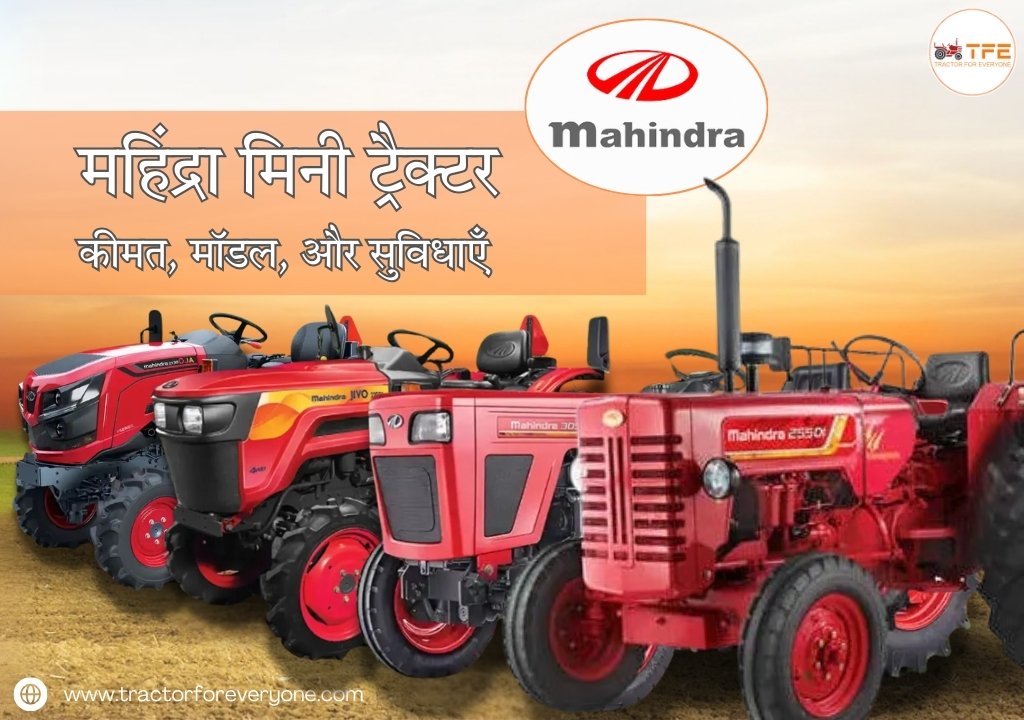
महिंद्रा मिनी ट्रैक्टर - कीमत, मॉडल, और सुविधाएँ
02/18/2025, POSTED BY ADMIN -
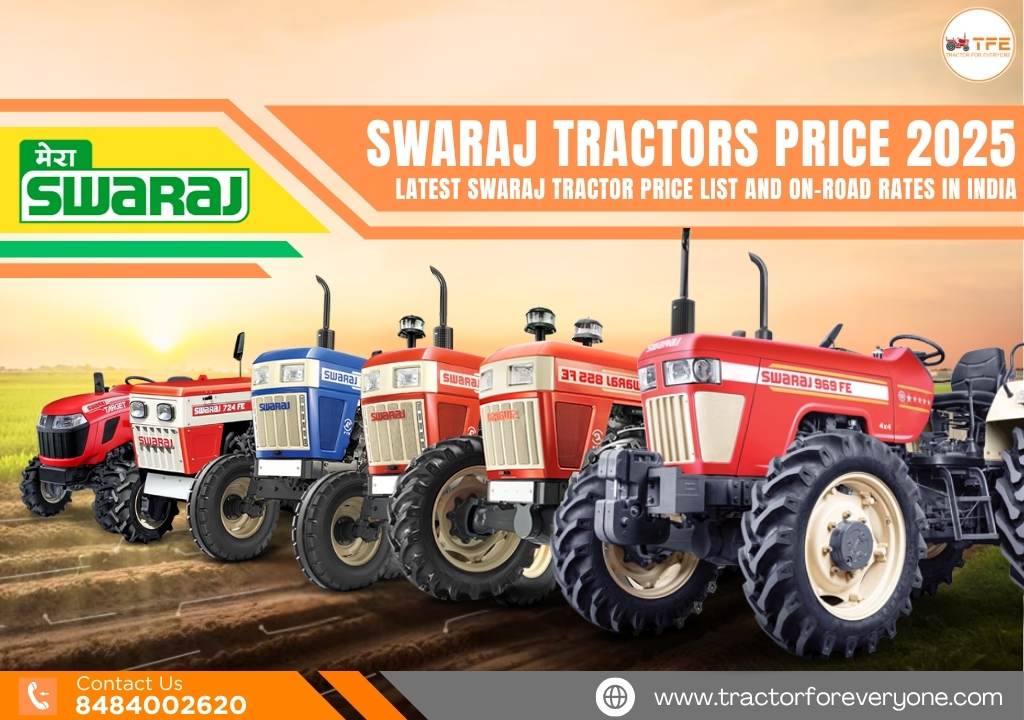
Swaraj Price 2025: Latest Swaraj Tractor Price List and On-Road Rates in India
07/24/2025, POSTED BY ADMIN -

Best Tractors in India 2025: Top 10 Picks for Every Farm Size
05/29/2025, POSTED BY ADMIN
Popular Video View All
-
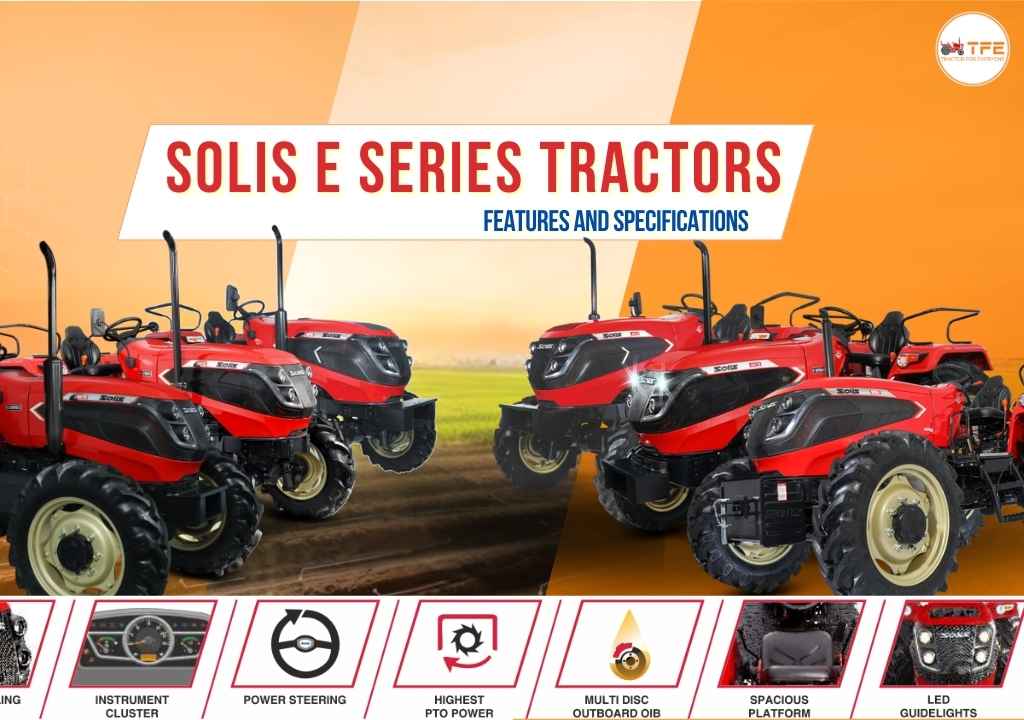
5 Things You Need to Know Before Buying a Solis E Series Tractor
05/17/2025, POSTED BY ADMIN -
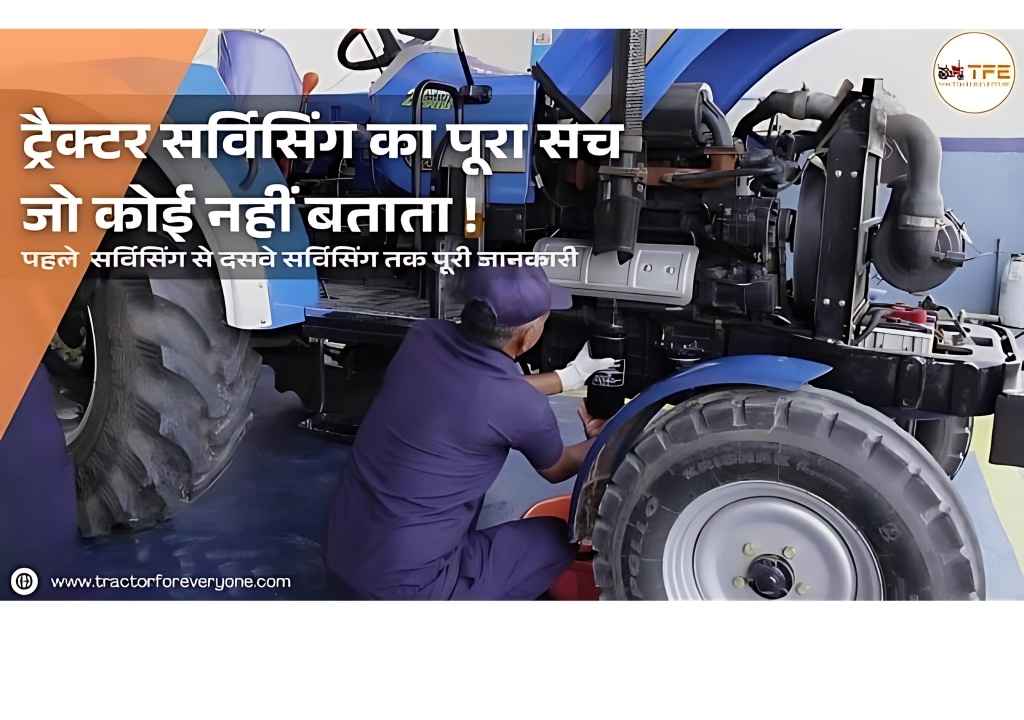
The whole truth about tractor servicing which no one tells!
05/17/2025, POSTED BY ADMIN -
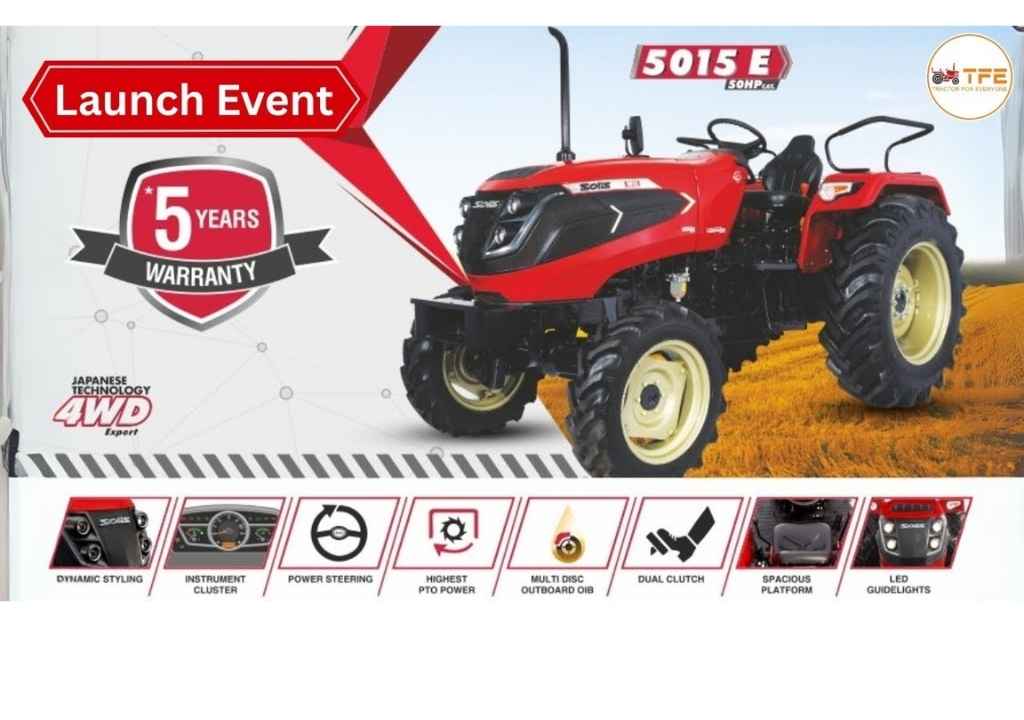
Solis Tractors Live Event | Solis Hybrid 5015 Tractor Launch
05/17/2025, POSTED BY ADMIN

